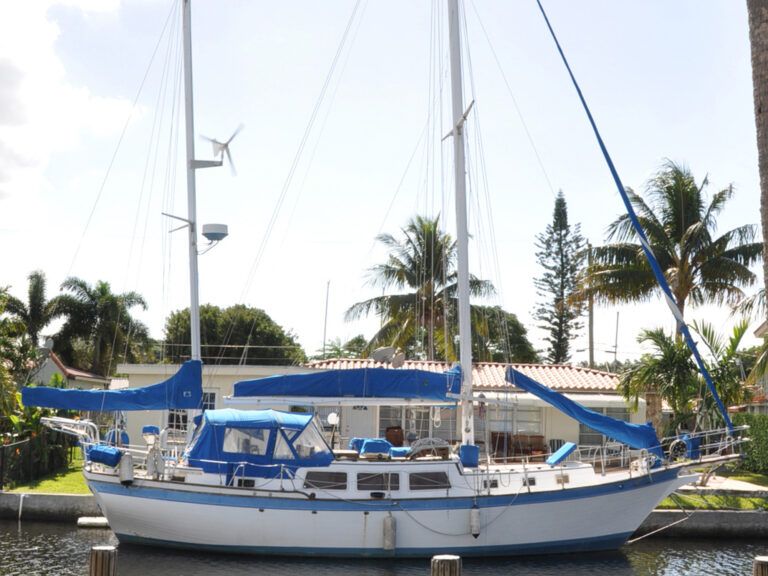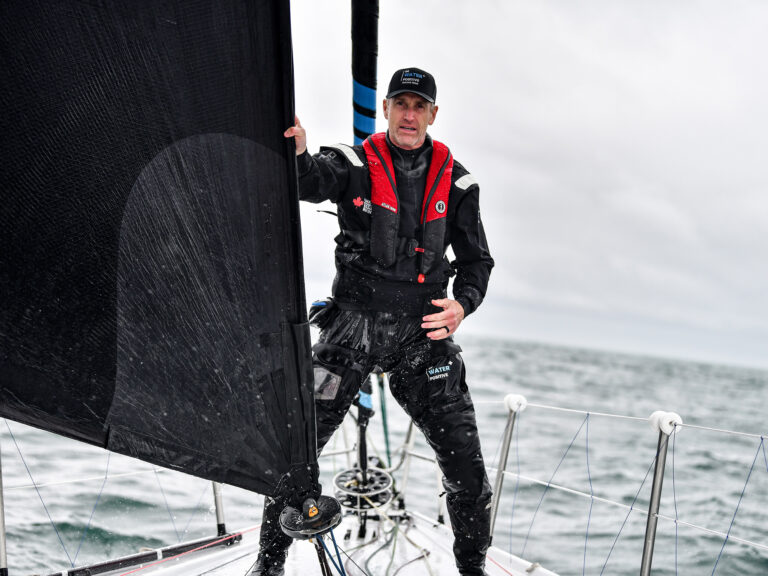
Set Expectations
Prior to the day of the sail, give your guests some ideas as to what to bring and if they need to make any preparations. It’s also important to make sure folks come fed and hydrated, even if there are plans to eat and drink on the trip. There seems to be a myth that if they are prone to motion sickness, they should not eat at all before sailing. The exact opposite is true! Also, have crackers on board that can be handed up easily just in case motion sickness becomes an issue.
Briefing
On the day of the sail, everyone will be excited to get out on the water, but consider having an informal chat with your guests before you leave the dock. Talk to them about:
• What weather conditions to expect while sailing
• Where to sit and which lines they may need to
• What terminology they will need to know and the names of the basic parts of the boat
• How to watch their heads around the boom and to be careful around the winch and lines
• What clothing you think your guests might want to use and whether or not a Personal Flotation Device (PFD) is appropriate
• How you will be departing the dock and your plan for where you are sailing
• Where the head is and how to use it
Moving Around the Boat
Once you’ve got the basics out of the way, focus on holding onto the boat. New sailors are prone to falling down or even off the boat because they aren’t used to how the boat moves. To mitigate this risk, ask them to keep one hand for themselves and the other for the boat. Stress that one hand should always be holding on, especially when standing or moving.
Life Jackets
On larger boats, there is a tendency to feel immune from the need to wear PFDs. If your guests are comfortable not wearing them, at least make sure they are accessible and are easy to put on quickly if weather conditions change or to throw to a man overboard if needed. It’s also important to make sure you have enough PFDs on board for all passengers. It’s good to double check, especially if you’re not used to sailing with a lot of extra people.
Maneuvers
The biggest concept of sailing that new sailors need to understand is that of tacking or coming about. Once you are out on the water and have just the mainsail raised, do a practice tack. Tell them what verbal command you will be giving before the tack, show them how the boom moves back and forth, and show them how to move from low to high. Give them a feeling for how the boat will move through the tack and how it will again begin to heel on the other side after the tack. If any of your guests would like a job, this is a good time to show them what you need them to do.
Food & Drinks
Hydration is very important especially if it’s a hot sunny day. Make sure there is plenty of water on board for everyone for the whole trip and encourage your passengers to drink it…especially if they’re also drinking adult beverages! When it comes to food, make sure you have something on board to snack on, no matter how long you plan to sail. Mother Nature loves to be unpredictable and when the wind dies down just shy of dinner, your group will be thankful for the granola bars, and crackers and cheese you packed.
Docking
When returning to the dock, explain to your guests how to help. Light fending is ok, but warn them that hands are not as tough as hulls. Remind people to keep clear in case of an emergency.
Keep it Fun
One last tip: Keep it fun! If wind speeds are heavy, don’t scare your guests. Fly a smaller headsail and put a reef in the main to keep the boat more upright and more comfortable. If there are children on board, give them a chance to crank a winch handle or a turn at the helm if conditions are safe to do so. Keep conversation flowing so you can easily assess if anyone is really feeling uncomfortable. Don’t overdo the sail. Before heading in, take the sails down and give your guests a relaxing tour around the harbor by motor so you all can enjoy some snacks and each other before the day is over.
With a little preparation and forethought, your non-sailors can have a great day.








